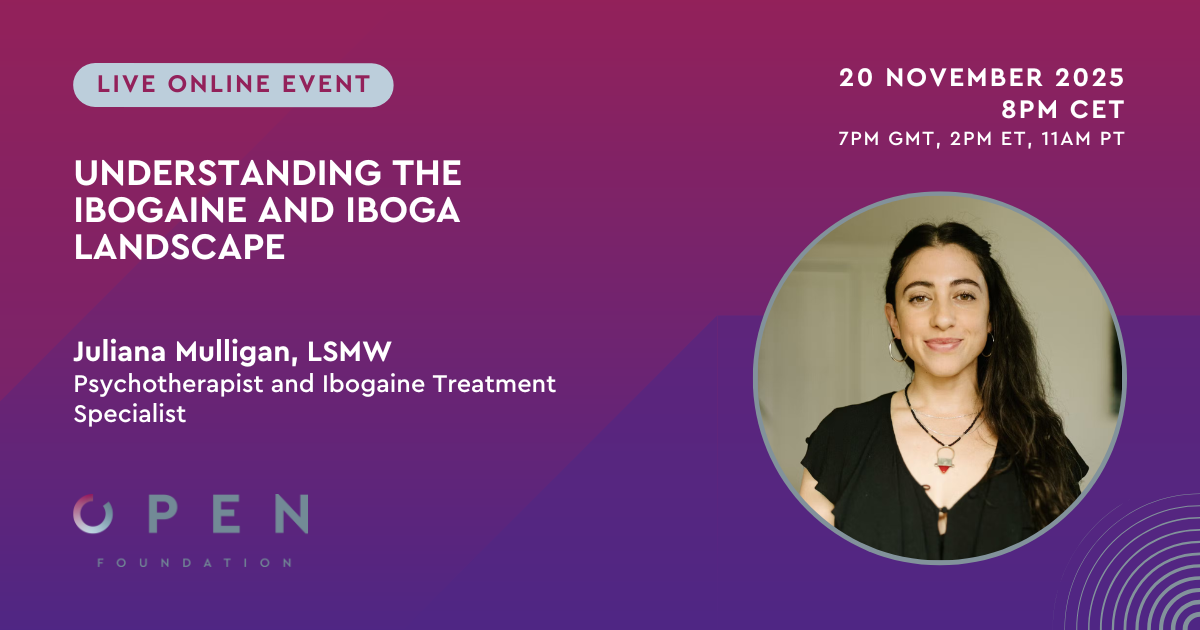Abstract
How and to what extent electrical brain activity reflects pharmacologically altered states and contents of consciousness, is not well understood. Therefore, we investigated whether measures of evoked and spontaneous electroencephalographic (EEG) signal diversity are altered by sub-anaesthetic levels of ketamine compared to normal wakefulness, and how these measures relate to subjective experience. High-density 62-channel EEG was used to record spontaneous brain activity and responses evoked by transcranial magnetic stimulation (TMS) in 10 healthy volunteers before and during administration of sub-anaesthetic doses of ketamine in an open-label within-subject design. Evoked signal diversity was assessed using the perturbational complexity index (PCI), calculated from EEG responses to TMS perturbations. Signal diversity of spontaneous EEG, with eyes open and eyes closed, was assessed by Lempel Ziv complexity (LZc), amplitude coalition entropy (ACE), and synchrony coalition entropy (SCE). Although no significant difference was found in TMS-evoked complexity (PCI) between the sub-anaesthetic ketamine condition and normal wakefulness, all measures of spontaneous EEG signal diversity (LZc, ACE, SCE) showed significantly increased values in the sub-anaesthetic ketamine condition. This increase in signal diversity correlated with subjective assessment of altered states of consciousness. Moreover, spontaneous signal diversity was significantly higher when participants had eyes open compared to eyes closed, both during normal wakefulness and during influence of sub-anaesthetic ketamine. The results suggest that PCI and spontaneous signal diversity may reflect distinct, complementary aspects of changes in brain properties related to altered states of consciousness: the brain’s capacity for information integration, assessed by PCI, might be indicative of the brain’s ability to sustain consciousness, while spontaneous complexity, as measured by EEG signal diversity, may be indicative of the complexity of conscious content. Thus, sub-anaesthetic ketamine may increase the complexity of the conscious content and the brain activity underlying it, while the level or general capacity for consciousness remains largely unaffected.
Farnes, N., Juel, B. E., Nilsen, A. S., Romundstad, L. G., & Storm, J. F. (2020). Increased signal diversity/complexity of spontaneous EEG, but not evoked EEG responses, in ketamine-induced psychedelic state in humans. PloS one, 15(11), e0242056. https://doi.org/10.1371/journal.pone.0242056











